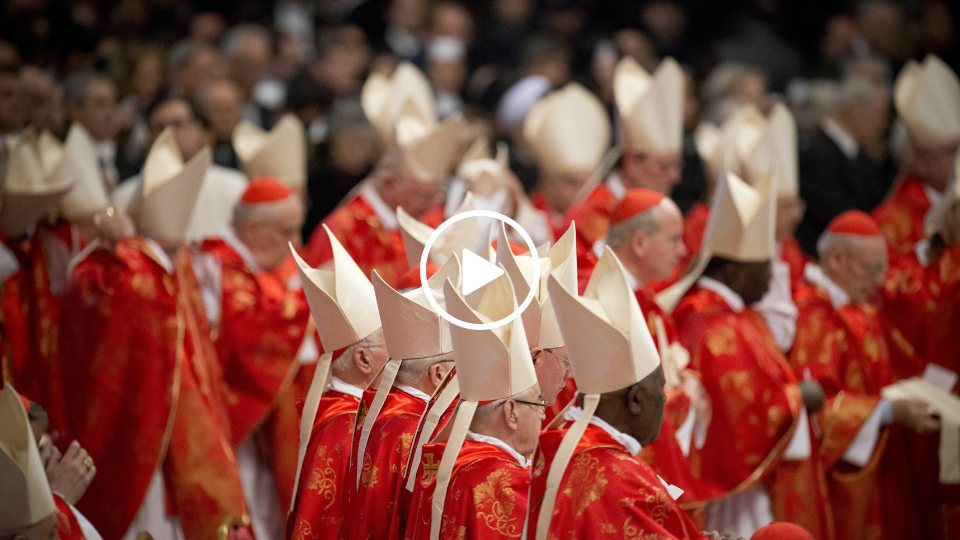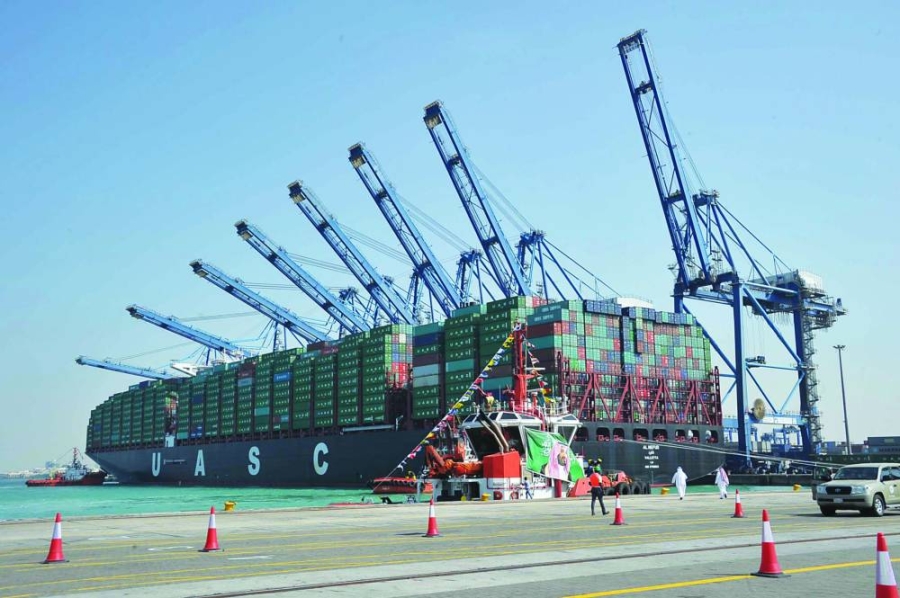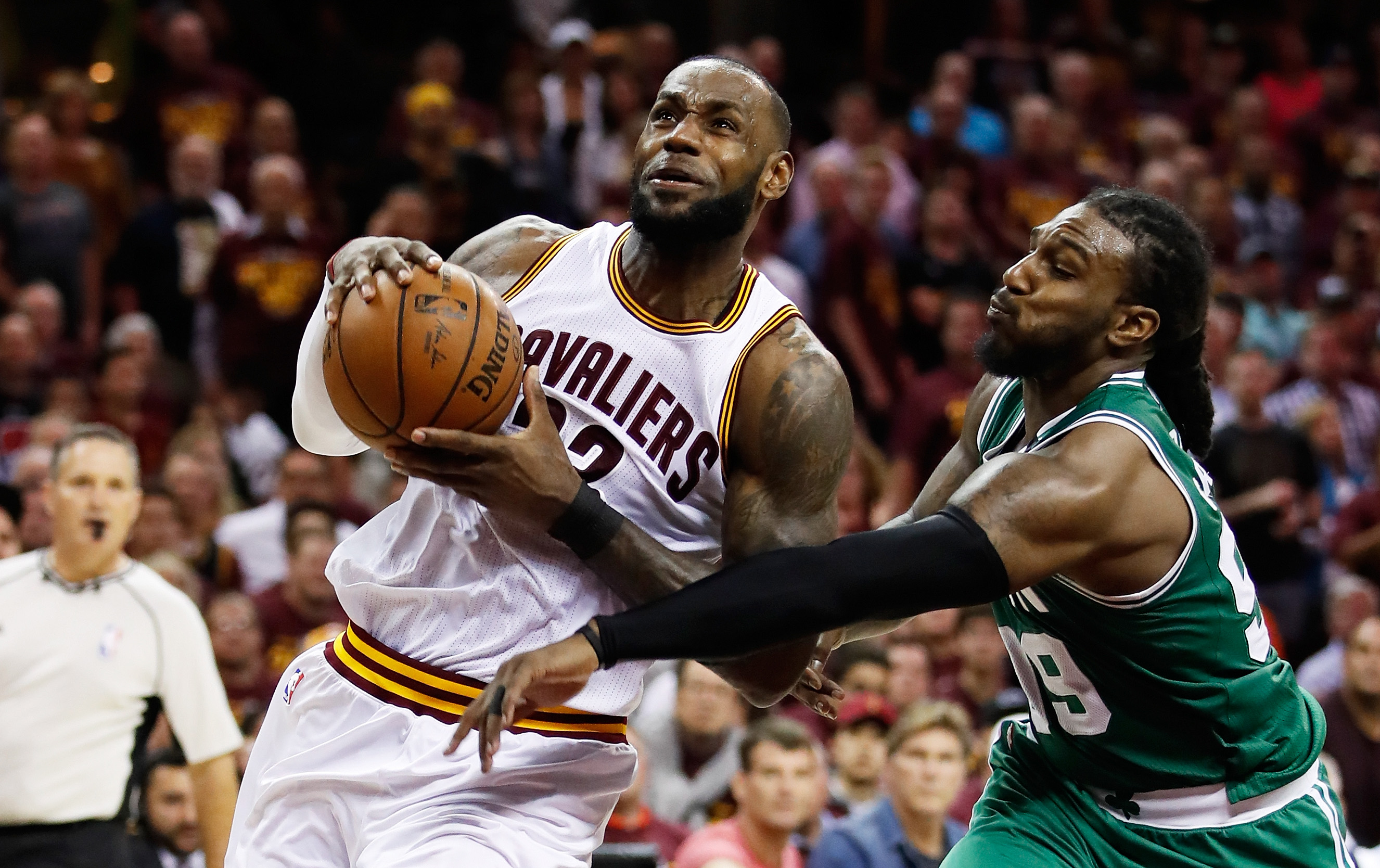What Is A Conclave? Understanding The Papal Election Process

Table of Contents
The History and Tradition of the Papal Conclave
The process of electing the Pope has evolved significantly throughout history. Early methods were often chaotic and influenced heavily by political factions and powerful figures. Instead of a formalized conclave, early papal elections were frequently marked by intrigue and even violence. The influence of secular rulers, particularly emperors and kings, was considerable, often dictating the outcome.
- Early methods of papal election: These ranged from simple acclamation to more formalized voting procedures, often riddled with corruption and manipulation.
- The influence of political powers on past elections: Powerful families and rulers exerted considerable influence, often installing Popes who served their interests.
- The establishment of formal rules and procedures: The gradual development of stricter rules and regulations aimed to curtail political interference and ensure a more orderly selection process. The conclave as we know it began to take shape in the 13th century.
- Key historical conclaves and their outcomes: Examining specific conclaves throughout history, such as those that followed periods of schism or involved significant political upheaval, reveals fascinating insights into the evolution of the process and its impact on the Church. The conclave of 1271, for instance, is notable for its length and the resulting compromises made.
The Process of a Papal Conclave: A Step-by-Step Guide
The Papal Conclave is a meticulously orchestrated event. It commences after the death or resignation of the reigning Pope, a period known as Sede Vacante (the vacant See). This interregnum triggers a series of events leading to the election.
- The role of the Cardinal Camerlengo during the Sede Vacante period: The Camerlengo manages the affairs of the Church during the vacancy and prepares for the conclave.
- The importance of the pre-conclave meetings and discussions: Cardinals gather to discuss the challenges facing the Church and the qualities desired in the next Pope. These meetings help to shape the eventual voting.
- The mechanics of the secret ballot voting: The voting process itself is conducted with utmost secrecy within the Sistine Chapel, emphasizing the importance of impartiality.
- The significance of the two-thirds majority requirement: This ensures a strong consensus amongst the electors, avoiding a potentially divisive outcome.
- The burning of the ballots and the significance of the white smoke: The iconic white smoke signals the election of a new Pope, a moment of global anticipation and celebration (Habemus Papam!). Black smoke indicates the absence of a decision.
The Cardinals: The Electors of the Pope
The Cardinals, the electors in the Papal Conclave, are key figures in this process. They are appointed by the Pope and represent diverse theological perspectives and geographic regions.
- Number of Cardinal electors: The number of Cardinal electors is carefully determined to provide a balance of perspectives.
- Eligibility criteria for Cardinal electors: Only Cardinals under the age of 80 are eligible to participate in the conclave.
- The influence of different theological viewpoints: The presence of Cardinals with diverse theological views contributes to a balanced discussion and decision-making process.
- The geographical representation among electors: The composition strives to reflect the global presence of the Catholic Church.
Secrecy and Security during the Papal Conclave
Secrecy and security are paramount during the conclave. The process is shrouded in confidentiality, preventing external influence and ensuring a fair election.
- The role of the Swiss Guard: The Swiss Guard, along with other security personnel, ensures the physical security of the conclave and the Cardinals.
- Restrictions on communication and access: Strict protocols govern communication and access to the conclave location, limiting outside interference.
- Measures to prevent external influence: These rigorous measures aim to prevent any attempts to manipulate the outcome of the election.
- The importance of maintaining confidentiality: The secrecy helps ensure the integrity of the process and encourages open discussion among the Cardinals.
The Future of the Papal Conclave
While the core principles of the Papal Conclave remain, the future may hold some adaptations. The influence of technology and globalization presents both challenges and opportunities.
- Possible reforms to the voting process: Discussions about potential improvements to the voting process, while preserving the secrecy, could occur.
- The role of modern communication in disseminating information: Modern communication tools can enhance the dissemination of information, balancing the need for secrecy with transparency.
- Addressing concerns about transparency and inclusivity: Ongoing dialogue about enhancing transparency and inclusivity within the conclave process may lead to future reforms.
Conclusion
The Papal Conclave, a deeply rooted tradition with a rich history, remains a pivotal event in the Catholic Church. Understanding its intricate procedures, the roles of the Cardinals, and the emphasis on secrecy is crucial to appreciating the significance of this process. From the Sede Vacante period to the announcement of "Habemus Papam!", the conclave is a fascinating blend of tradition and careful planning.
Want to learn more about the intricacies of the Papal Election? Explore our additional resources on the history of the conclave and the roles of the Cardinals. Understanding the Papal Conclave is key to understanding the future of the Catholic Church.

Featured Posts
-
 Rihanna Spotted In Santa Monica Cozy Winter Outfit Details
May 07, 2025
Rihanna Spotted In Santa Monica Cozy Winter Outfit Details
May 07, 2025 -
 Ayesha Curry On Family Putting Marriage First
May 07, 2025
Ayesha Curry On Family Putting Marriage First
May 07, 2025 -
 Laram Kht Shhn Bhry Yrbt Asya Wamryka Aljnwbyt Ebr Almghrb
May 07, 2025
Laram Kht Shhn Bhry Yrbt Asya Wamryka Aljnwbyt Ebr Almghrb
May 07, 2025 -
 Karate Kid Legends Trailer Family Honor Tradition And Legacy
May 07, 2025
Karate Kid Legends Trailer Family Honor Tradition And Legacy
May 07, 2025 -
 Cavs Vs Celtics Prediction Breaking Down The Matchup
May 07, 2025
Cavs Vs Celtics Prediction Breaking Down The Matchup
May 07, 2025
